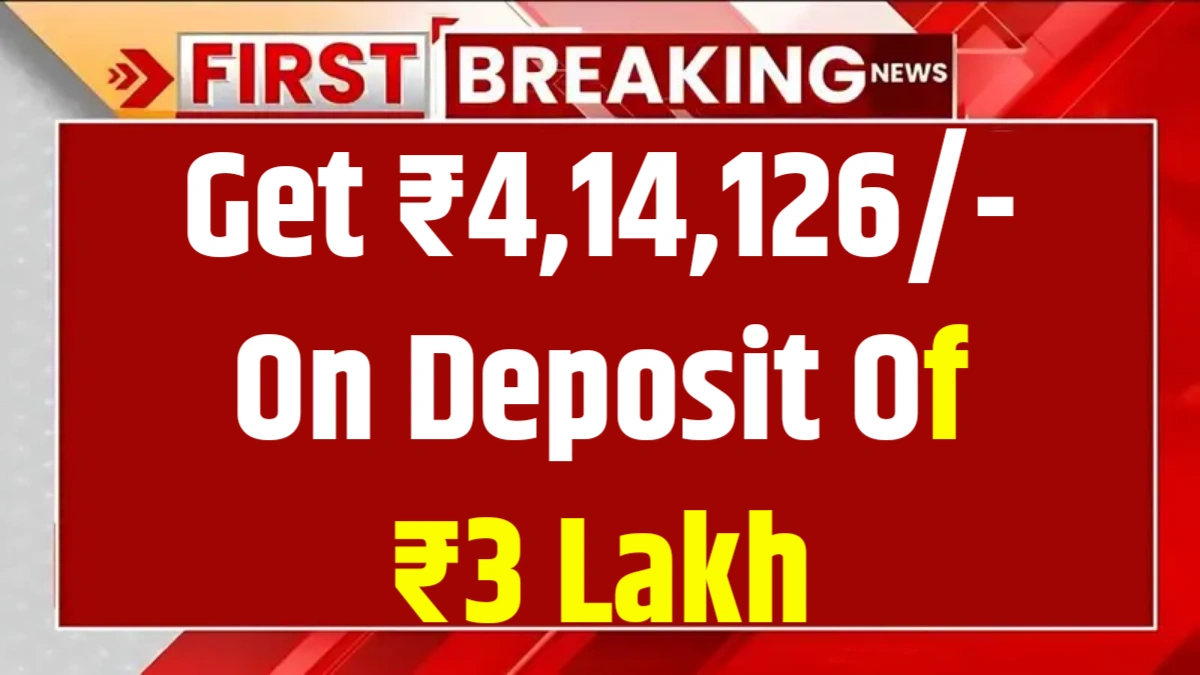The Finance Ministry has just announced that the Unified Pension Scheme (UPS) will now offer the same tax benefits as the National Pension System (NPS). If you’re already under NPS or newly joining government service, this could be a major financial advantage.
What’s New in UPS Pension July 2025?
To give more flexibility and security to central employees, the government has officially included UPS under the tax-benefit framework of NPS.
- Tax deductions under Section 80CCD will now apply to UPS
- Central employees switching to UPS get the same exemptions as in NPS
- No extra paperwork needed for new employees—UPS becomes the default pension option from April 1, 2025
Also, if you’re already under NPS, you now have until 30 September 2025 to opt for UPS—3 months more than the original deadline.
Step-by-Step: What Is UPS & How Is It Different from NPS?
The Unified Pension Scheme (UPS) launched on 1 April 2025, aims to blend the strengths of both fixed pension and flexible investment systems. Here’s how it works:
- It guarantees a monthly fixed pension after retirement, based on the employee’s average salary
- Offers a lump sum retirement payout and gratuity benefits
- Ensures stability and predictability in retirement income, which NPS doesn’t fully offer on its own
- Structured within the NPS framework, but focused on assured pensions
In simple terms: UPS = NPS structure + fixed pension promise
Quick Comparison Table: UPS vs NPS (2025)
| Feature | UPS (Unified Pension Scheme) | NPS (National Pension System) |
|---|---|---|
| Launch Date | 1 April 2025 | Operational since 2004 |
| Retirement Benefit Type | Fixed monthly pension | Market-linked, variable pension |
| Tax Benefits | Now same as NPS | Section 80CCD, 80C eligible |
| Government Contribution | 18.5% of basic + DA | 14% of basic + DA |
| Employee Contribution | 10% of basic + DA | 10% of basic + DA |
| Switching Allowed? | Yes, from NPS to UPS | No switching from UPS to NPS |
| Suitable For | Employees wanting fixed income | Employees willing to take market risk |
Who Can Choose UPS?
From April 1, 2025 onwards, UPS is mandatory for all newly recruited central government employees.
But if you’re an existing employee under NPS, you can opt into UPS voluntarily—provided you do so before 30 September 2025.
This flexibility ensures that employees who prefer guaranteed post-retirement income can switch, while others can continue under NPS if they’re comfortable with market returns.
Key Benefits of UPS Pension Scheme
- Assured Monthly Pension: Based on average last drawn salary
- Gratuity + Lump Sum: Like the old pension system
- Government Backed: Funded and secured with clear contributions
- 18.5% Government Contribution: Higher than NPS’ 14%
- Tax-Deductible Contributions: Up to ₹2 lakh+ benefits under Sections 80CCD(1), 80CCD(1B), and 80C
- Option for NPS Employees to Switch
Important Points to Keep in Mind
- Once you opt into UPS from NPS, you cannot switch back
- Your application must be submitted before 30 September 2025
- UPS is not available to state government or private sector employees
- You must use the official government channel—no agents or third-party forms
Frequently Asked Questions (FAQs)
Q: Is UPS better than NPS for retirement?
If you want guaranteed post-retirement income, UPS is a better fit. NPS might offer higher returns but with more risk.
Q: What is the last date to switch from NPS to UPS?
You can switch till 30 September 2025, as per the Finance Ministry’s latest update.
Q: Will UPS give the same tax benefits as NPS?
Yes. From July 2025, UPS is fully eligible for all NPS-related tax deductions.
Q: Can I apply for UPS online?
Yes. The process will be made available through your department’s official pension portal.
Q: Is UPS applicable for all central government staff?
Yes—for new recruits from April 1, and optional for existing staff till 30 Sept 2025.










